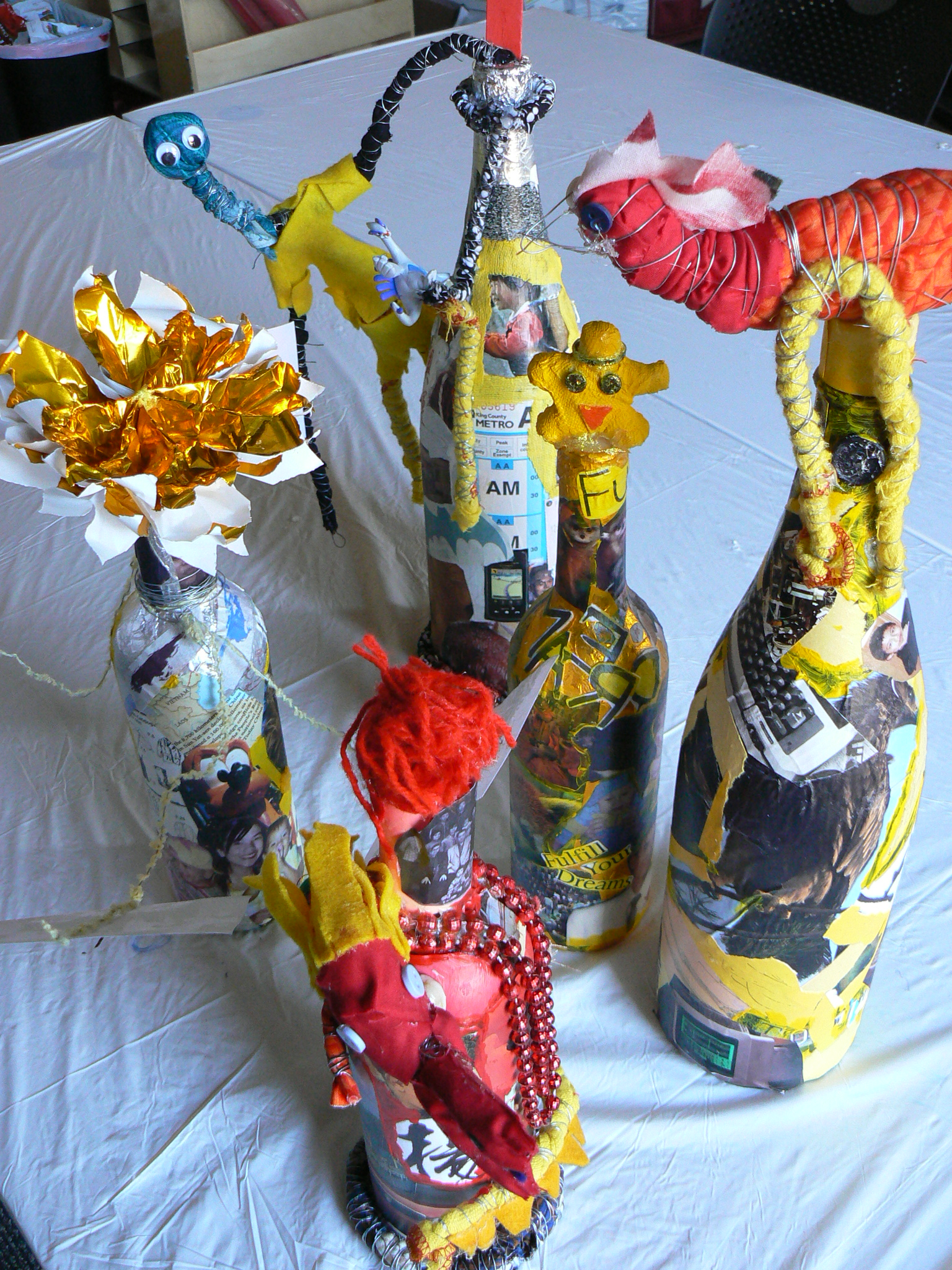 What are Generational Gaps?
What are Generational Gaps?
We see generational gaps as misunderstandings and conflicts between different generations. It generally happens between parents and children or grandparents and grandchildren. It is caused by different values between the generations, and changing times. Generational gaps are sometimes not recognized, which sometimes makes the conflict worse. With this exhibit, we want to show that a generational gap exists, and what it is, and we also want to show that a generational gap can be bridged. Changing times have caused different values between the generations. Older generations may not recognize that today’s standards for behavior are not the same as they were when those generations were children, and younger generations may not recognize that their behavior is not the standard in older generations. Technological advancements have caught some people of the older generation off guard. Some people of the younger generation have felt pressured by parents’ or grandparents’ expectations of them, and the parents and grandparents feel that the children are not actively working towards becoming responsible and productive members of society. Grandparents may feel that grandchildren do not give them the respect that they deserve, and grandchildren may not be sure how to show respect to their elders, or they might not be aware that they are offending anyone at all. Grandchildren may feel that their grandparents do not see them as responsible people or treat them in a fair way. These conflicts are caused by changing values and changing times. Sometimes, families do not realize that generational gaps exist. They do not understand why some conflicts and misunderstandings happen when they are caused by different values between the generations. Our goal is not to eliminate the generational gap, but to educate people about it and, through finding common ground, learning about other generations, and other methods, to show that the generational gap can be bridged.
Duty and Desire
The photo mural that you see is a representation of what the new generation stands for and what the old generation stood for. During the development of this mural, we narrowed the focus down to a comparison between desire and duty. Whereas the older generation showed a focus of duty, the newer generation places priority on their desires.
The image of 50 cent and the Ahn trio represents a sort of shift towards more expressive art, compared to a more restrained style of art in the earlier 1900s. The image of the variety of workers and the construction workers represents individualism in comparison to the greater good. In earlier times, people had a job not because they wanted to do it, but because they had to do it. Nowadays, we can choose to work in what job field we want, because we can.
The image of the runner running towards the oval office desk in contrast to the two bound foot woman represents aspiration and obligation. In former times, Chinese women were forced to bind their feet. Originally, foot binding was very desirable and women were obligated to bind their daughter’s feet. However, it left the women disabled, taking great effort just to walk. The runner represents the freedom women have now. They are less obligated to do things, and can aspire to do whatever they want.
The image comparing NYC’s Times Square and a city in Thailand represents a change in standards, from tradition, to technology. The city in Thailand looks relatively small and compact. There is a sort of nostalgic feel coming from it. However, NYC exudes a high tech feel, with everything being extremely tall and sophisticated.
Leaps and Boundaries
Nikkei Manor is the home of many Japa nese and Japanese-American elders from all over the world. It’s a warm home for fifty elderly residents who possess a world of knowledge. All of them lived through World War II, internment camps, and the Great Depression, giving them a reality we could only imagine. Some of the residents are around 100 years old and are still sharp in the mind. In the last few weeks, we interviewed many of these residents. During which, we realized how much more we will experience and learn as we grow, just like the elders at Nikkei Manor. Through our interviews with the seniors, we learned about youth in the first half of the 1900’s and compared them to the youth of today. We found many differences between the two generations. For instance, when asked about a specific detail, the elder would answer back with a vivid feeling. They remembered feelings and experiences of a single moment instead of tangible details. But rather than making the gap wider, we found a way to bridge and connect all generations with this exhibition.




